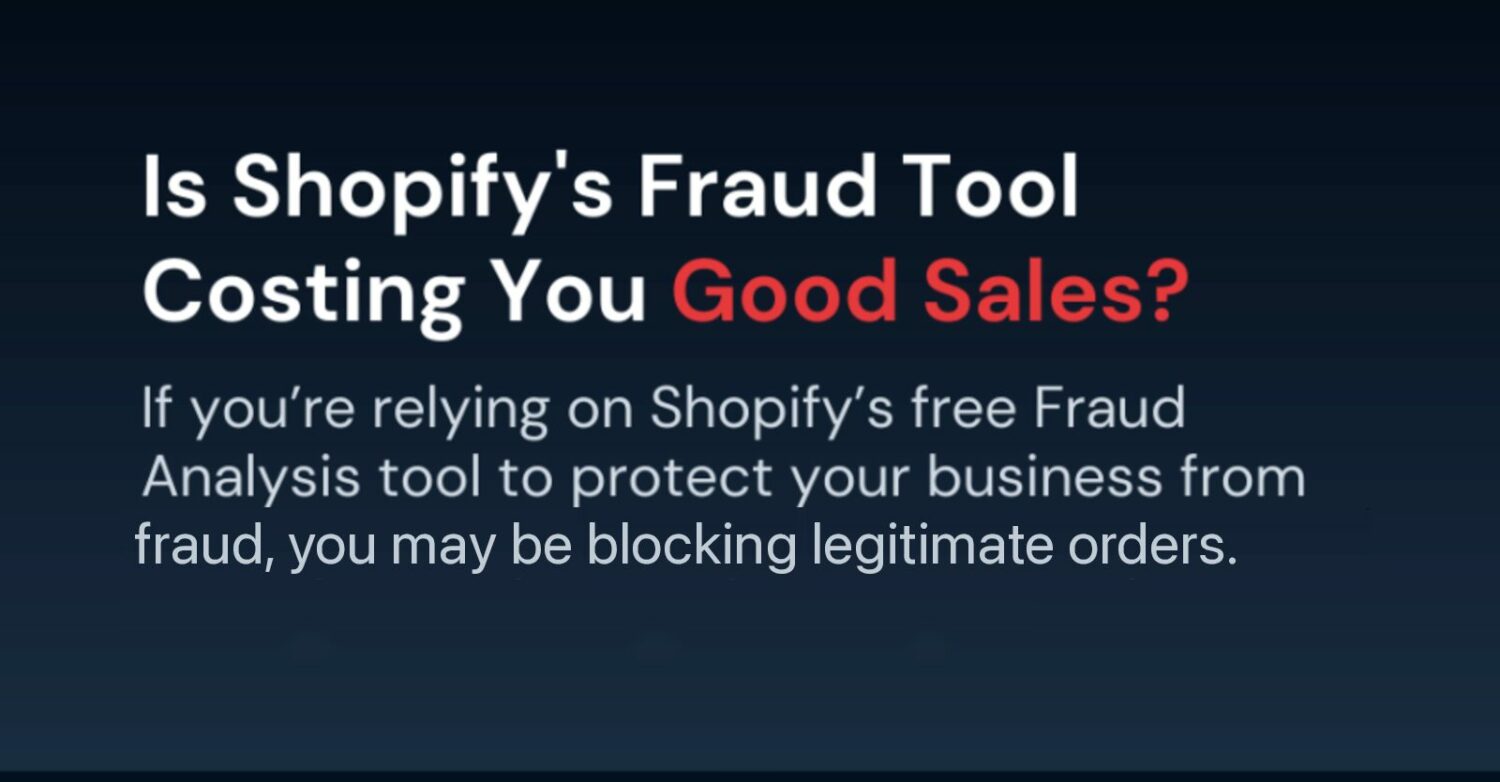
Consumers have fallen madly in love with ecommerce and are proving to be fully committed to the relationship as ecommerce retail sales continue to rise year over year. But shoppers are not the only ones enamored by the ease and comfort of online shopping, fraudsters are becoming ever more persistent and sophisticated in their ecommerce fraud advances. According to estimates, ecommerce fraud losses totaled 41 billion dollars globally in 2022 and are expected to grow to 48 billion by 2023.
Ahead of Valentine’s Day, ecommerce businesses should expect an uptick in ecommerce payments fraud attempts. Among the industries most popular around Valentine’s Day, such as retailers of floral arrangements, edible bouquets, chocolates and sweets, and greeting cards, the industries most vulnerable to Valentine’s day sales fraud are high-value items, such as jewelry, adult beverages, couture handbags, personalized custom gifts, and romantic experiences.
Detecting Fraud
Fraudsters will attempt to mask their true identity, so the use of a proxy, a burner phone, creating a new email address, or shipping to a freight forwarding company are often telltale signs of fraud and those orders should be carefully scrutinized.
Fraudsters will attempt to mimic the real cardholder, while retaining control of where the order confirmation is sent and where the product is shipped. Therefore, changing an email address on an existing account or requesting an address change before or after an order is approved could indicate an account takeover (ATO).
Gift Card Fraud Prevention
Valentine’s day shopping is centered around gift giving, thus a surge in gift card purchases should be expected. Retailers that offer gift cards should ensure their fraud prevention is equipped to handle bot attacks that input random gift card number combinations in rapid succession. This will provide protection against fraudsters running scripts to uncover valid gift card numbers.
It should be expected that an electronic gift card will be purchased using one email address but sent to an email address other than the cardholder’s. After all, it is a gift for someone other than the purchaser. However, care should be taken that the cardholder receives a notification of the gift card at the original email address (the email address used to create the account). This will help prevent gift card fraud committed through an account takeover.

Don’t Let Fraud Prevention Block Good Business
Often, legitimate purchases display common fraud indicators, such as a shopper purchasing a high value item while on vacation or shipping a gift directly to a loved one. The cost of declining a legitimate customer due to suspicions of fraud is beyond just the value of the lost sale, it includes the lost acquisition cost of the customer, any future interactions with that customer, and can negatively impact your brand’s reputation.
This Valentine’s Day, consider the possibility of a shopper shipping a gift directly to a loved-one’s address, which may differ from their own. Lovers who cohabitate may send a gift to a friend or neighbor to retain the element of surprise on Valentine’s Day. Hence, orders that display a mismatched billing and shipping address should be reviewed for additional signs of fraud before discarding.
Fraudsters often opt for expedited shipping as the extra cost is not their own and the sooner they can make off with the merchandise, the better. However, Valentine’s Day shopping is fraught with procrastinators, as such, orders with expedited shipping selected should not automatically be assumed to be fraudulent.
Lost Online Conversions
Cart abandonment for retail during Valentine’s Day is historically high at 76%. To reduce abandonments, retailers must ensure they provide an optimal user experience to convert as many website visitors into buyers.
Preventative measures, such as requiring billing address and CVV details, as well as CAPTCHAs or customized challenges, create friction in a customer’s buying experience and result in abandonment and lost conversions. These measures are easily worked around by bot operators–the only ones paying the price are the retailer and the frustrated consumer verifying they are human. Unfortunately, for many retailers the friction problem is more expensive than their fraud problem.
Eliminate Fraud and Friction Ahead of Valentine’s Day
Detecting and blocking ecommerce fraud has become a significant part of daily operations for ecommerce businesses. It is imperative for ecommerce sellers to adopt a fraud prevention solution that not only protects their business from evolving fraud tactics but also helps genuine consumers continue to shop without unnecessary friction.
At NoFraud, we want to empower our Merchants to grow without fear by helping to make the consumer experience of purchasing products effortless for real customers and near impossible for fraudsters.






